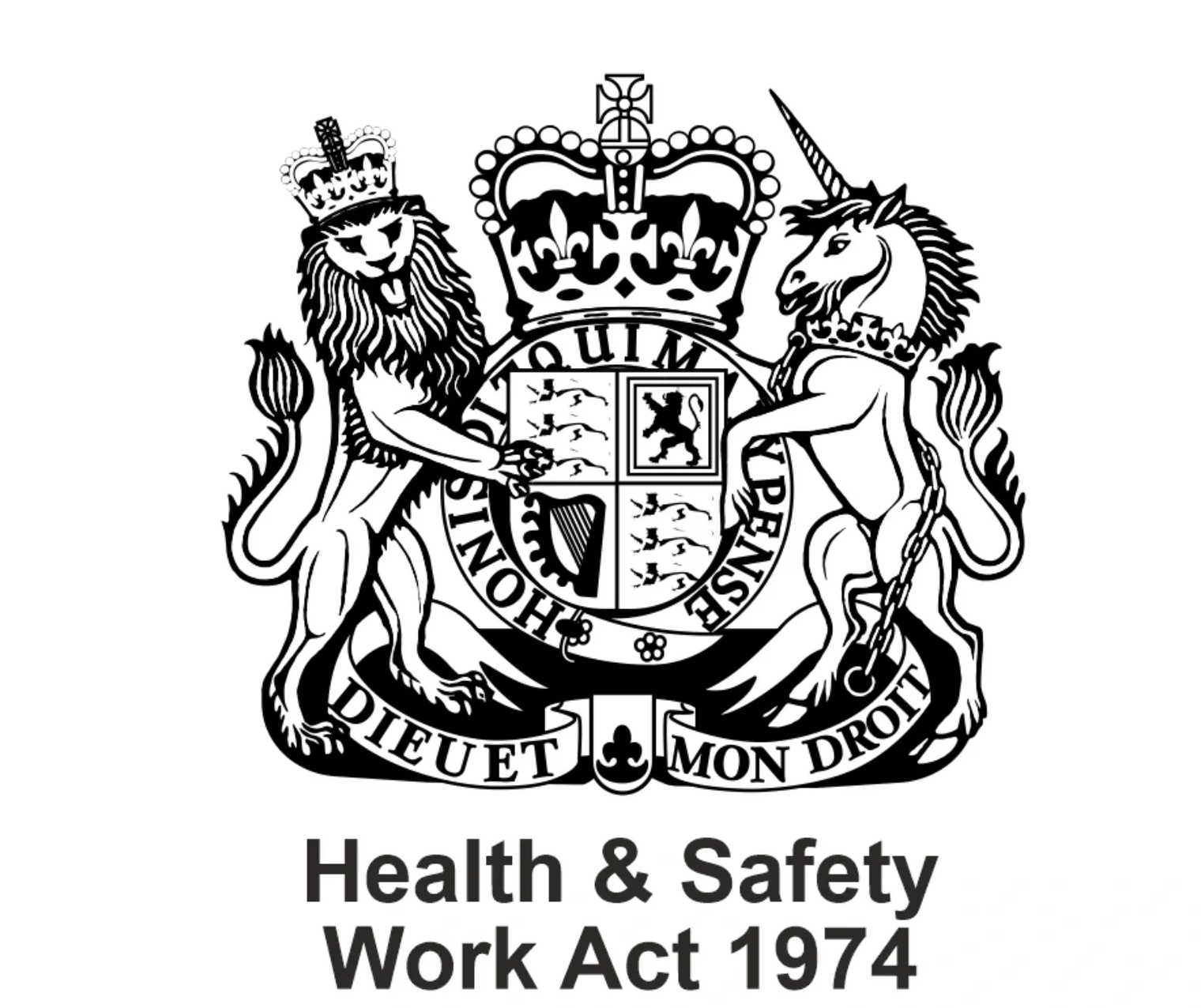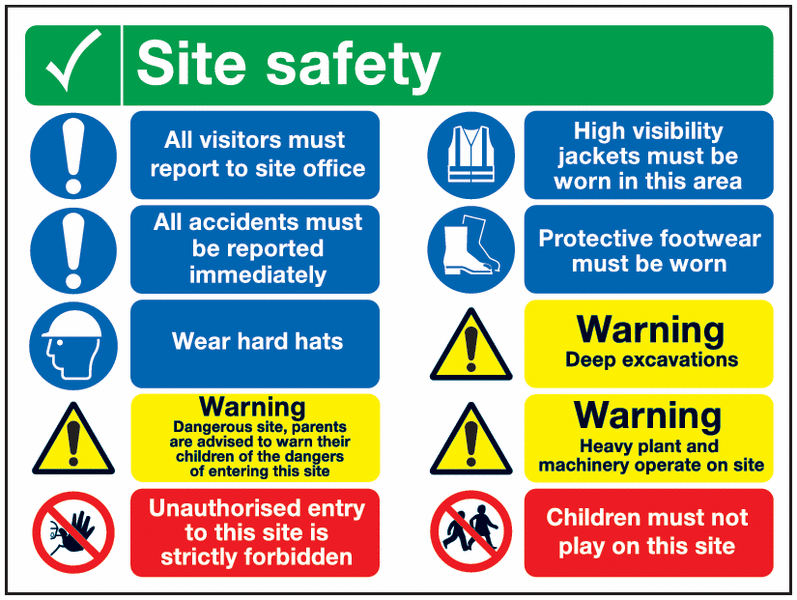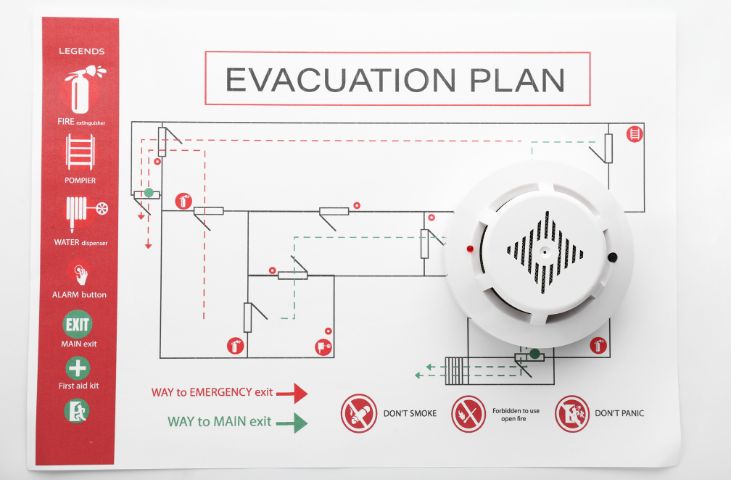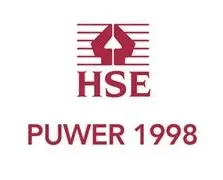Evacuation
Be prepared for the safe evacuation of all
Be Prepared, Be Compliant, Save Lives
Advanced planning for emergency evacuation isn’t just good practice, it’s essential for compliance with the Regulatory Reform Fire Safety Order 2005, amended by The Fire Safety Act in 2021 and most importantly, for saving lives. Emergencies can strike without warning: fires, natural disasters, health crises, hazardous incidents, terrorism or even accidents. Every second counts, and being prepared ensures no one is left behind.
A comprehensive evacuation plan must consider everyone including those with permanent, temporary or invisible mobility impairments, whether due to injury, illness or other conditions. Reliable assistive evacuation equipment, combined with expert training, instills confidence in operators and ensures swift, safe evacuations when it matters most.
Regular risk assessments and testing of your evacuation strategy, including Personal Emergency Evacuation Plans (PEEPs) and General Emergency Evacuation Plans (GEEPs), keep your procedures up to date and your team ready. Ongoing maintenance guarantees your equipment remains compliant and fully operational, giving you peace of mind that your organisation is prepared for any eventuality.
Being prepared means more than just ticking boxes, it means fulfilling your legal duty, protecting every individual in your building, empowering your team and ultimately saving lives.

Regulatory Reform Fire Safety Order 2005, amended by The Fire Safety Act in 2021
This legislation sets out the legal framework for fire safety in all non-domestic premises, including workplaces and the common areas of multi-occupancy residential buildings.
Under this law, the responsible person such as the building owner, employer or anyone in control of the premises is legally required to carry out a fire risk assessment and implement appropriate measures to reduce or eliminate fire risks. It is no longer the fire service’s responsibility to evacuate people from a refuge area.
The responsible person must also ensure that:
- The premises meet required fire safety standards
- Employees receive adequate fire safety training
- Safe evacuation provisions are in place for mobility-impaired individuals, as it is no longer the fire service’s duty to evacuate people from refuge areas
Failure to comply with the Fire Safety Order is a criminal offence and may result in prosecution or significant fines.

Equality Act 2010
The Equality Act 2010 legally protects individuals from discrimination in the workplace and wider society.
It replaced previous anti-discrimination laws with a single, streamlined piece of legislation, simplifying and strengthening the law to make it easier to understand and enforce. The Act plays a key role in tackling inequality and promoting fairness across all areas of life.
Prior to the Equality Act, discrimination was covered by several separate laws, including:
- Sex Discrimination Act 1975
- Race Relations Act 1976
- Disability Discrimination Act 1995

The Health and Safety at Work Act 1974
Also referred to as HSW, HASAW or HASAWA, this is the primary legislation governing workplace health & safety in the UK.
The Act places a legal duty on employers to ensure, as far as is reasonably practicable, the health, safety, and welfare of their employees while at work. This includes reducing the risk of physical injury as well as addressing factors that may affect mental health.

The Management of Health and Safety at Work Regulations 1999
Introduced to reinforce the Health and Safety at Work Act 1974, these regulations set out specific duties for both employers and employees to help maintain a safe and healthy working environment.
They apply to all work activities and clearly define what employers must do to effectively manage health & safety. This includes a legal obligation to assess and control risks to employees and others, with the aim of preventing workplace accidents and work-related illness.

Personal Emergency Evacuation Plan (PEEP)
PEEPs are designed to support employees or regular building users with permanent or temporary impairments who are unable to self-evacuate or may require assistance during an emergency.
A PEEP is tailored to the individual and should detail their specific needs, the agreed escape route, evacuation method, and the designated person(s) providing assistance.
To remain effective and relevant, PEEPs must be regularly reviewed, tested and practiced as part of routine fire drills.

A Generic Emergency Evacuation Plan (GEEP)
GEEPs are designed to assist visitors, members of the public or a transient workforce who may be unable to self-evacuate or require assistance in an emergency.
They provide clear guidance on the building layout, evacuation procedures, available equipment and communication methods used during an evacuation.
To ensure effectiveness, GEEPs should be regularly tested and rehearsed so that staff are familiar with the procedures and fully prepared to respond.

PUWER Regulation (Provision and Use of Work Equipment Regulations - UK only)
PUWER places a legal duty on individuals and organisations that own, operate or have control over work equipment to ensure it is:
- Safe to use
- Correctly installed and used
- Regularly inspected, tested and maintained
- Suitable for its intended purpose
- Operated only by appropriately trained and competent individuals
These regulations apply to all equipment used at work. Employers must also ensure that risks associated with equipment use are assessed and controlled, protective measures are in place and all safety features are functioning correctly.
Failure to comply with PUWER can lead to serious legal consequences, including enforcement action by the Health and Safety Executive (HSE), fines or prosecution.

British Standards - Codes of Practice
- BS 9999 – Fire Safety in the Design, Management and Use of Buildings
Provides best practice guidance for ensuring fire safety through design and ongoing building management. - BS 8300 – Design of Buildings and Their Approaches to Meet the Needs of Disabled People
Sets out requirements to create inclusive environments that are accessible and usable by all. - Building Regulations Part M – Access to and Use of Buildings
Specifies the standards for access and facilities in buildings to ensure usability for all occupants, including those with reduced mobility.

Book A Complimentary Evacuation Assessment
Ensuring you have the right Evac+Chair for your building and personnel is essential, especially with a wide range of options available. Whether your building has multiple staircases or unique features, we’re here to help you find the perfect fit.
To support our customers, we offer complimentary evacuation assessments conducted by our Nationwide Team of specialists. These experts assess the specific needs of employees, existing PEEPs (Personal Emergency Evacuation Plans), review GEEPS (General Emergency Evacuation Plans), building requirements and stair configuration – all of which help determine the most suitable Evac+Chair model for your needs.
Booking your evacuation assessment is simple. Just contact us by clicking the button below, calling us on +44 (0) 121 706 7644 or email enquiries@evacchair.co.uk and one of our friendly team members will reach out to arrange a convenient time.
Alternatively, you can use our online Evac Xpert™ to easily identify the model that best suits your needs. Where multiple staircases exist within your organisation, we strongly recommend a complimentary Evacuation Assessment to guarantee the right Evac+Chair at every stairwell – ensuring maximum safety, swift evacuation and peace of mind for your entire organisation.

Shop our evacuation products here
Looking for support?
Our friendly Customer Experience team is here to help, every step of the way!
Contact us










